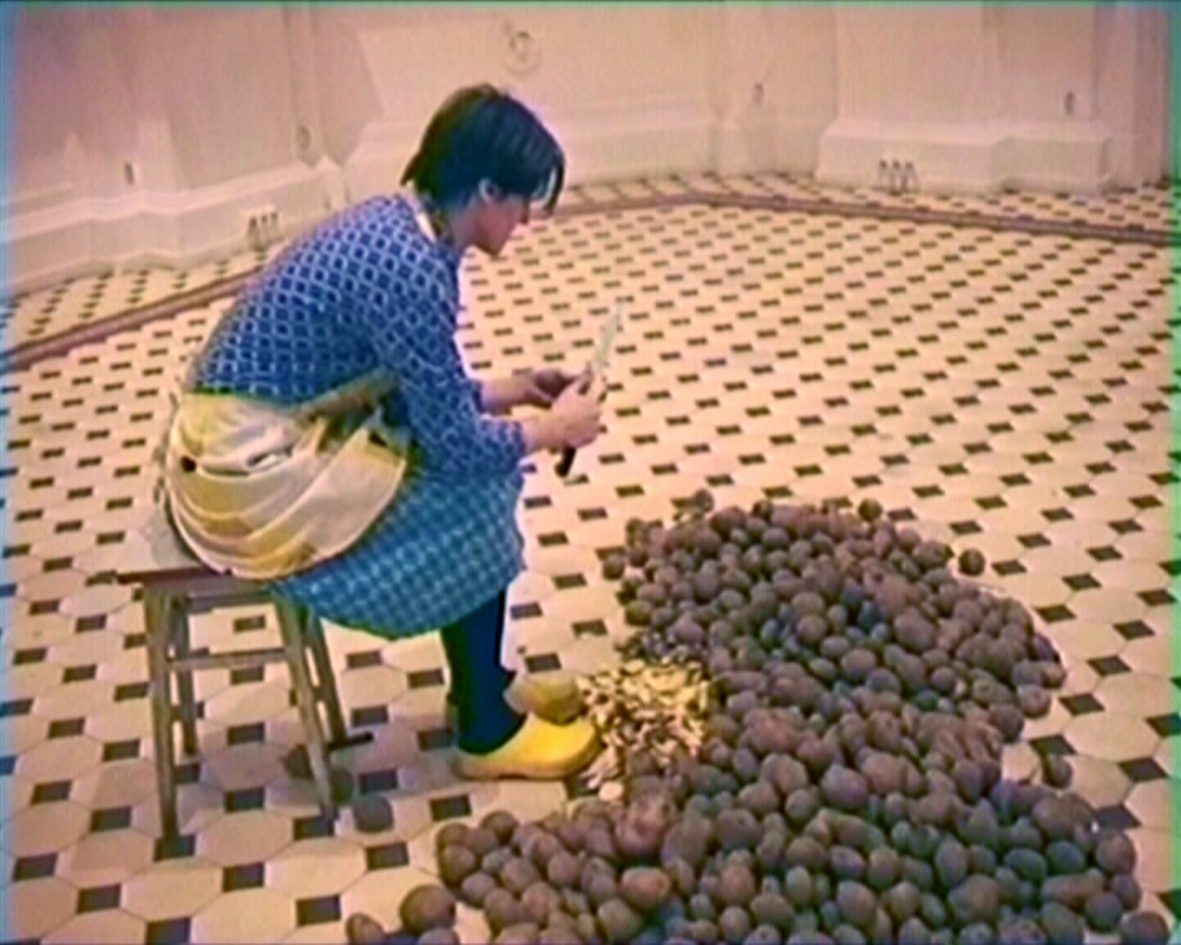Review of Vid Simoniti, Artists Remake the World: A Contemporary Manifesto (2023), New Haven: Yale University Press
DOI:
https://doi.org/10.58519/00e4sg86Keywords:
contemporary art, political art, worldmaking, socially-engaged practices , discourse, activist artAbstract
With Artists Remake the World: A Contemporary Manifesto (2023), Vid Simoniti surveys recent exhibition-based contemporary art (most since 2016) that ‘glimpse possibilities for repairing the world’. By deferring to institutional definitions of art, Simoniti avoids having to defend whether exhibited objects are art, yet this approach ignores the fact that not all exhibited objects begin/endure as art, let alone begin/endure as political art. Early on, he admits of a paradox regarding exhibition-based political art, that is, it can feel ‘forbiddingly abstruse, experimental, hard to access, inward looking, even elitist’.
Simoniti’s introduction describes his aim to demonstrate how ‘through art, we momentarily remake the world as we know it’. He develops this argument over seven chapters beginning with ‘when and how art contemporary art became political’, then ‘Realism for our time: on art and truth’, ‘unity and utopia: on socially engaged art’, ‘worldmaking: on the role of aesthetics in political art’, ‘spectacle and surveillance: on art in the internet age’, ‘creativity in the face of extinction: on art and climate change’, and finally ‘remaking the world’s hinges’.
Downloads
References
Simoniti, Vid. 2023. Artists Remake the World: A Contemporary Art Manifesto. New Haven: Yale University Press.
Downloads
Published
Issue
Section
License
Copyright (c) 2024 Sue Spaid

This work is licensed under a Creative Commons Attribution 4.0 International License.
Authors who publish with this journal agree to the following terms:
Authors retain copyright and grant the journal right of first publication with the work simultaneously licensed under a Creative Commons Attribution License that allows others to share the work with an acknowledgement of the work's authorship and initial publication in this journal. Note: up to volume 4 issue 1, an incorrect copyright line appears in the PDFs of the articles.
Authors are able to enter into separate, additional contractual arrangements for the non-exclusive distribution of the journal's published version of the work (e.g., post it to an institutional repository or publish it in a book), with an acknowledgement of its initial publication in this journal.
Authors are permitted and encouraged to post their work online (e.g., in institutional repositories or on their website) prior to and during the submission process, as it can lead to productive exchanges, as well as earlier and greater citation of published work (See The Effect of Open Access).






